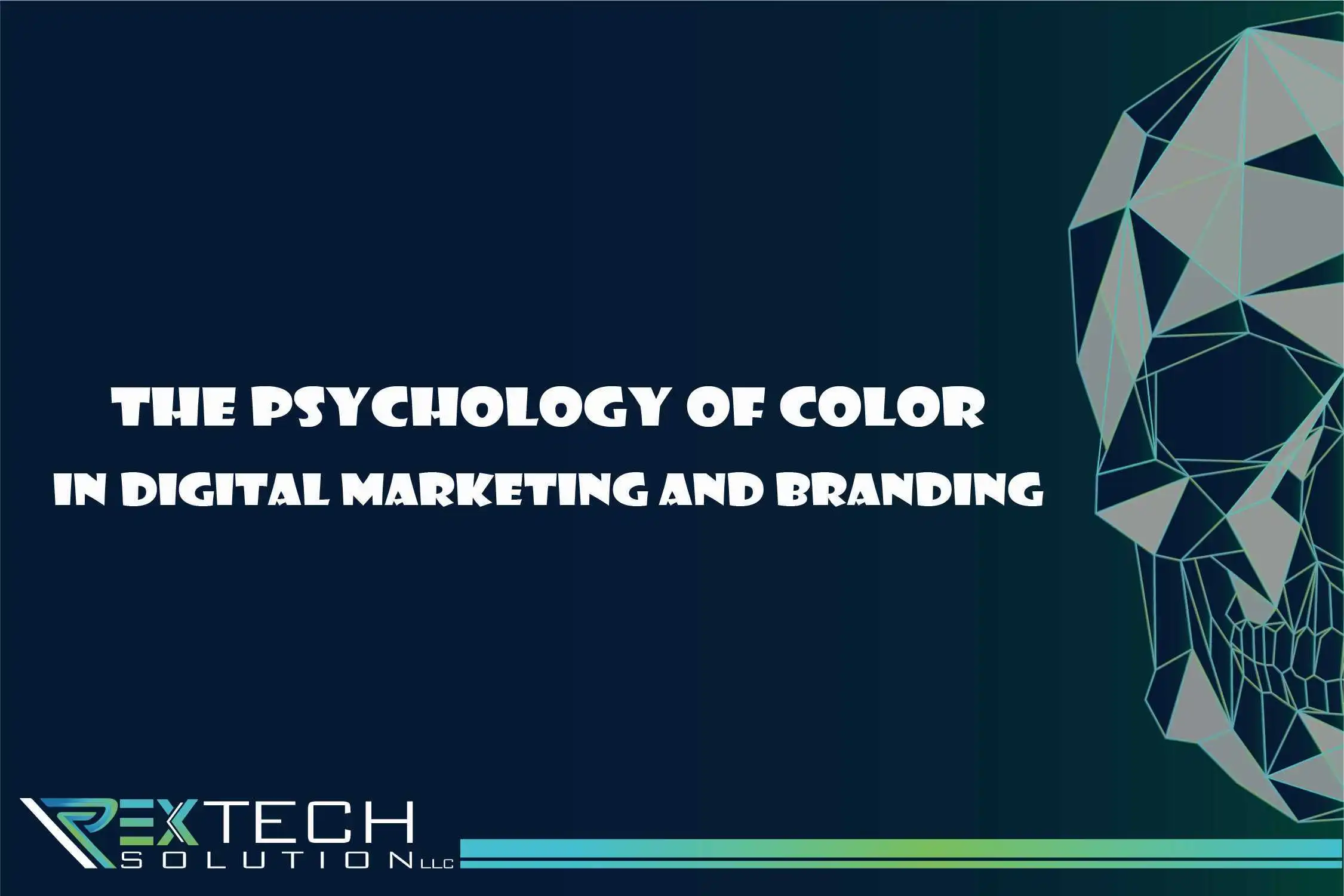The strategic use of color is not just an aesthetic decision but also a potent weapon for influencing customer behavior in the fields of digital marketing and branding. Colors have a significant impact on how people view and remember brands because they may evoke strong feelings and change attitudes. Gaining insight into the psychology of color may greatly improve marketing strategies and brand identity. This article delves into the complex realm of color psychology in digital marketing and branding, examining its influence and useful uses on a range of platforms and services.
The Influence of Color Psychology
The study of color’s effects on human behavior, feelings, and perceptions is known as color psychology. It recognizes that various hues can elicit particular feelings and reactions, which makes them vital for branding and marketing tactics. Using this knowledge, marketers can produce visually appealing content that appeals to their target market.
Color Associations and Meanings
Each color carries its own set of associations and meanings, deeply rooted in cultural, societal, and personal contexts. For instance, red often symbolizes passion, energy, and urgency, making it suitable for brands seeking to convey excitement or intensity. Conversely, blue is a popular option for tech companies and financial organizations since it conveys professionalism, dependability, and trust.
The Role of Color in Branding
Consistency is crucial in branding, and color is essential to creating a sense of brand identity. Brand awareness and loyalty are increased when all brand assets—from logos to website designs—use the same color scheme. Consider the vivid red of Coca-Cola or the unmistakable yellow of McDonald’s; these hues have come to represent their respective brands and are readily identifiable to consumers all over the world.
Color in Logo Design
A logo is a brand’s visual representation, and the color used in a logo may have a big impact on how effective it is. Designers meticulously select colors to convey the desired brand personality and evoke the intended emotions. For instance, green is often associated with nature, health, and eco-friendliness, making it a popular choice for brands in the wellness or sustainability sector.
Color in Website Design
Websites are frequently the initial point of interaction between a brand and its audience in the digital world. A website’s color scheme affects how users feel and perceive it. While cool hues like blue and green suggest serenity and professionalism, warm hues like orange and yellow can arouse feelings of warmth and enthusiasm. Contrasting hues might also highlight particular components, including calls to action or available products.
Color in Digital Marketing Campaigns
Color selections have an effect on conversion rates, click-through rates, and the success of the campaign as a whole. Visually appealing color schemes increase the likelihood that an advertisement will draw viewers in and encourage interaction. Additionally, A/B testing various color variations can yield insightful data about customer preferences and habits, helping marketers to improve their tactics for optimal results.
Color in Video Animation
A dynamic media for narrative and brand marketing is video animation. Animations can benefit from the use of color to further develop story themes, arouse feelings, and direct spectator attention. The color choices used in a motion graphic or a humorous cartoon affect how the audience interprets the message and the brand that is associated with it.
Color in SEO and Digital Presence
Color has an indirect effect on digital presence even in the field of search engine optimization (SEO). Search engines like Google take these aspects into account when determining their ranking algorithms. Enhanced graphics and captivating color schemes help decrease bounce rates, lengthen users’ stays on websites, and enhance overall user experience.
Also Read: The Role of Artificial Intelligence AI in Digital Marketing
Conclusion
In conclusion, the psychology of color is a potent tool in digital marketing and branding strategies. By understanding the emotional and psychological effects of different colors, businesses can craft compelling visuals that resonate with their target audience, reinforce brand identity, and drive meaningful engagement. Whether it’s through logo design, website aesthetics, digital marketing campaigns, or video animations, the strategic use of color can make a significant difference in the success of a brand’s online presence.
In the ever-evolving digital landscape, harnessing the power of color psychology is essential for staying competitive and effectively communicating brand messages in a visually saturated world.
At RexTech Solution, we understand the importance of color psychology in digital marketing and branding. Contact us today to discover how we can help elevate your brand’s online presence through strategic color choices and creative design solutions.

